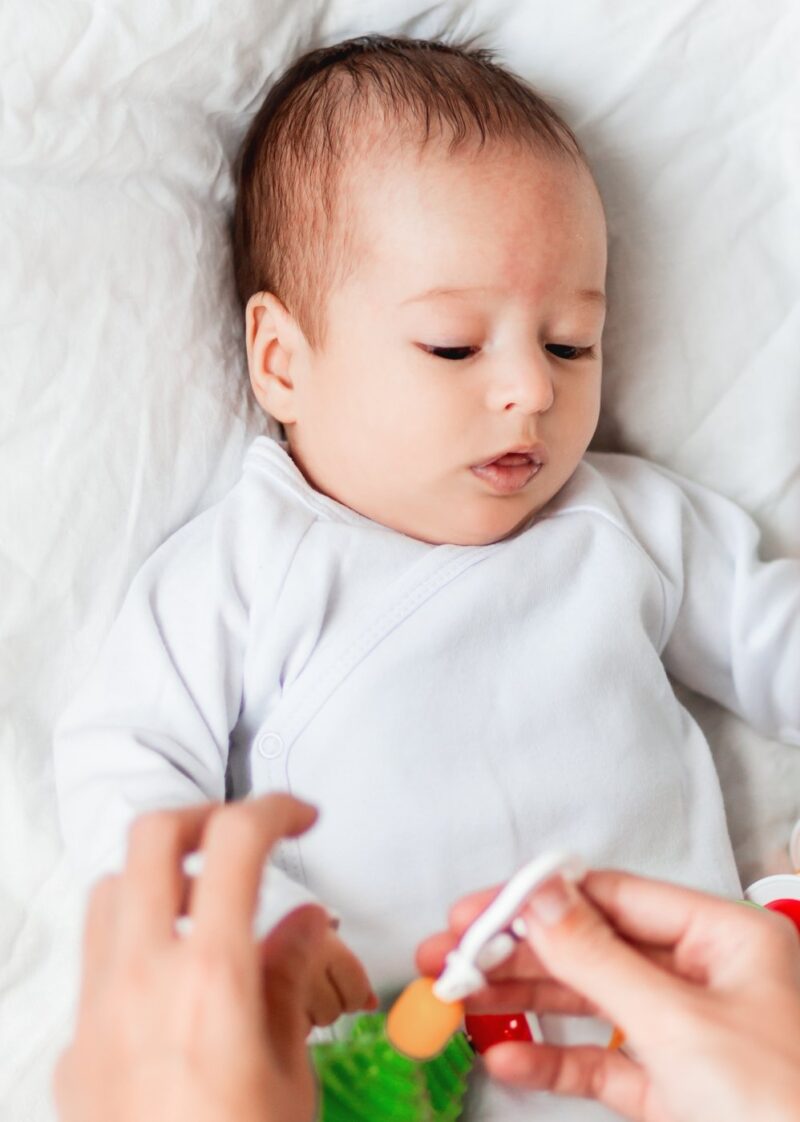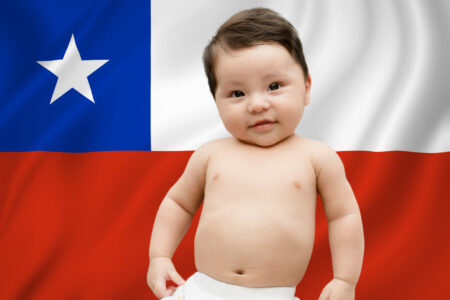Typical baby birthmarks are common skin discolorations that are usually first noticed shortly after birth, or in a child’s early months.
Even though they are “birth” marks doesn’t mean they will go away soon. In fact, many people carry these bonus colors all their lives.
There are two main types of baby birthmarks:
- Vascular birthmarks are made up of blood vessels that haven’t formed correctly. They are usually red. Two types of vascular birthmarks are hemangiomas and port-wine stains.
- Pigmented birthmarks are made of a cluster of pigment cells that cause color in the skin. They can be many different colors, from tan to brown, gray to black, or even blue. Moles can be birthmarks.
No one knows what causes many types of birthmarks, but some run in families. Your baby’s doctor will look at your newborn’s birthmark to see if it needs any treatment or if it should be watched.
Pigmented birthmarks aren’t usually treated, except for moles, while treatment for vascular birthmarks includes laser surgery.
Most birthmarks are not serious, and some go away on their own — although some stay the same or get worse as you get older. Usually, birthmarks are only a concern for your appearance, but certain types can increase your risk of skin cancer. If your baby’s birthmark bleeds, hurts, itches, or becomes infected, call your healthcare provider.

Basic baby birthmarks
Here’s a little about a few of the most common types of birthmarks.
Cafe Au Lait Spots
These permanent birthmarks, which vary in size and are light brown or coffee-colored, occur most commonly on the baby’s torso, arms and legs. If more than six spots are present and are greater than 1.5 centimeters in diameter, have your healthcare provider assess your baby for potential health problems. These spots persist throughout life and may increase in number with age.
Port Wine Stains
Port-wine stains are dark red or purple areas (macular birthmarks) appearing on one side of the face or on an arm or leg. Infants as young as 3 months of age have been treated successfully with laser treatment to remove the stain.
Stork Bites, Salmon Patches, Angel’s Kiss
Stork bites are reddish or pink patches often found above the hairline at the back of the neck, on the eyelids or between the baby’s eyes. These marks are caused by collections of capillary blood vessels close to the skin. They usually fade within the first two years of life. (As seen in photo at the top.)
Strawberry hemangiomas
A capillary hemangioma — a red, rubbery nodule with a roughened surface — is also called a strawberry nevus.
This sort of mark is often not present at birth, but may appear as a permanent blanched area on the skin that is replaced by red nodules at 2 to 4 weeks of age. Fifty percent resolve spontaneously by age 5; 70 percent by age 7; 90 percent by age 9; and the rest by adolescence.
Congenital Nevi
Large moles that are present at birth are congenital nevi or giant hairy nevi, and may increase your child’s risk of malignant melanoma, a form of skin cancer.
Moles that are more than 8 inches in diameter pose the greatest risk. Have your healthcare provider examine any mole that is present at birth.
Mongolian Spots
Mongolian spots, also called blue gray macula of infancy, are extremely common birthmarks.
These large blue-gray or blue-black birthmarks sometimes resemble bruises. They are more common in dark-skinned babies, appearing on the lower back and legs. They often become less conspicuous with age, but do not disappear completely.





